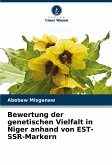
Broschiertes Buch
2. Februar 2025
Verlag Unser Wissen
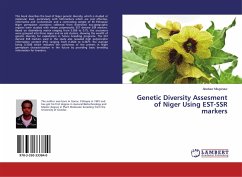
24,99 €
Versandfertig in 6-10 Tagen
Broschiertes Buch
4. Juli 2017
LAP Lambert Academic Publishing
25,99 €
Versandfertig in 6-10 Tagen
Broschiertes Buch
2. Februar 2025
Edizioni Sapienza
25,99 €
Versandfertig in 6-10 Tagen
Broschiertes Buch
2. Februar 2025
Editions Notre Savoir
25,99 €
Versandfertig in 1-2 Wochen
Broschiertes Buch
2. Februar 2025
Ediciones Nuestro Conocimiento
25,99 €
Versandfertig in 6-10 Tagen
Broschiertes Buch
28. Januar 2025
Edições Nosso Conhecimento
Ähnliche Artikel
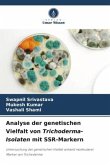
Broschiertes Buch
Untersuchung der genetischen Vielfalt anhand molekularer Marker von Trichoderma
28. Mai 2024
Verlag Unser Wissen
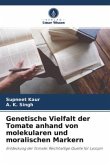
Broschiertes Buch
Entdeckung der Tomate: Reichhaltige Quelle für Lycopin
28. April 2022
Verlag Unser Wissen
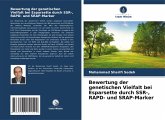
Broschiertes Buch
29. Oktober 2024
Verlag Unser Wissen
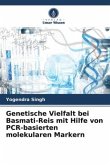
Broschiertes Buch
1. April 2022
Verlag Unser Wissen
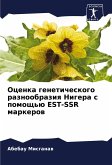
25,99 €
Versandfertig in 6-10 Tagen
Broschiertes Buch
2. Februar 2025
Sciencia Scripts
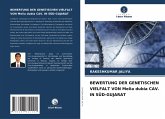
Broschiertes Buch
31. Mai 2024
Verlag Unser Wissen
Ähnlichkeitssuche: Fact®Finder von OMIKRON
